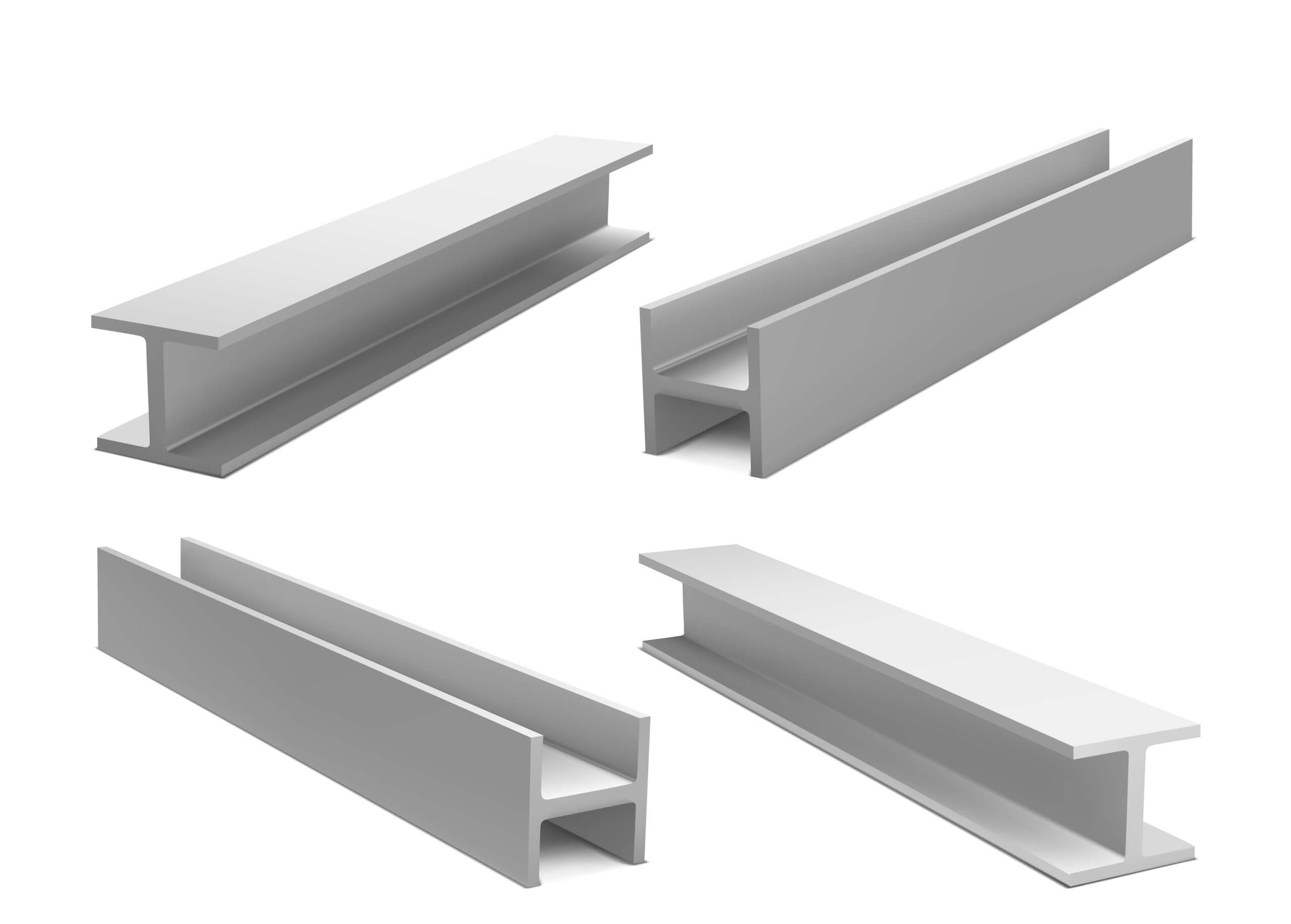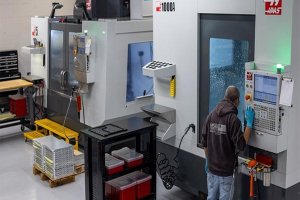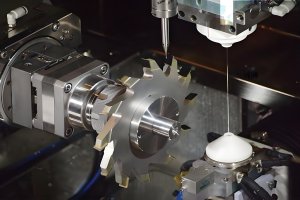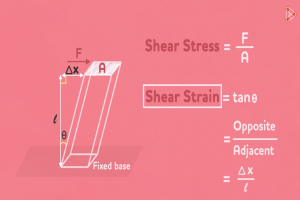In the aerospace industry, large aluminum alloy thin-wall structures are prized for their lightweight and high-strength properties. However, machining these components presents a set of unique challenges, primarily due to deformation issues. Understanding and addressing these challenges is crucial for advancing the application of these materials in aerospace engineering.
The Challenge of Strength and Durability
For aerospace structural components, the primary requirement is high strength at both room temperature and operational temperatures. The development of high-strength aluminum alloys remains a significant research focus. While these alloys often meet static strength requirements, they frequently fall short in other critical areas such as stress corrosion resistance, fracture toughness, and notch sensitivity. Addressing these shortcomings typically involves secondary aging treatments.
Machining Deformation: A Persistent Problem
One of the most pressing issues in machining large aluminum alloy thin-wall structures is deformation. These components, which include sidewalls and webs, are often manufactured from pre-stretched rolled or forged aluminum alloy blanks. The thin walls of these structures, typically less than one-tenth the length and width of the workpiece, make them particularly susceptible to deformation during machining and transport.
Factors Contributing to Deformation
Several factors contribute to the deformation of aluminum alloy structures during CNC machining:
- Material Properties: The inherent properties of aluminum alloys, such as thermal expansion and residual stress, significantly influence deformation. Residual stress, in particular, can be a major problem. Though pre-stretched plates reduce residual stress, they do not eliminate it completely.
- Machining Forces: The forces exerted during cutting, including cutting force, heat, and vibration, can lead to various deformations such as bending, twisting, or a combination of both.
- Workpiece Geometry: The complex geometries and large dimensions of aerospace components mean that even small deformations can result in significant errors, impacting assembly and performance.
- Cutting Conditions: High-speed machining, although effective, can exacerbate deformation issues. For instance, warpage up to 3-5mm can occur, far exceeding the allowable tolerance of the parts.
Types of Deformation
Deformations in large aluminum alloy thin-wall structures can be categorized into:
- Pre-Machining Deformation: Caused by errors in installation and positioning.
- In-Process Deformation: Results from cutting forces, heat, and work hardening.
- Post-Machining Deformation: Occurs after machining and during assembly, influenced by residual stress and creep.
Strategies for Minimizing Deformation
Addressing deformation issues in CNC machining of aerospace aluminum parts involves several strategies:
- Optimizing Cutting Parameters: Adjusting cutting speed, feed rate, and depth of cut can minimize the impact of cutting forces and heat. Using sharp, high-quality tools can also reduce machining stress.
- Enhancing Fixture Design: Secure and precise fixturing reduces movement and stabilizes the workpiece during machining. Custom fixtures that support the entire workpiece can significantly reduce deformation.
- Residual Stress Management: Techniques such as stress relieving heat treatments and cryogenic processing can help reduce residual stress in the material.
- Adaptive Machining Techniques: Employing real-time monitoring and adaptive control systems allows for immediate adjustments during machining, helping to counteract deformation as it occurs.
- Incremental Machining: Gradually removing material in smaller increments can prevent sudden releases of residual stress, reducing the risk of deformation.
Example Data Table: Effects of Cutting Conditions on Deformation
Here’s a simplified data table illustrating the impact of different cutting conditions on deformation for a typical aerospace aluminum alloy component:
| Cutting Speed (m/min) | Feed Rate (mm/rev) | Depth of Cut (mm) | Deformation (mm) |
|---|---|---|---|
| 300 | 0.1 | 2.0 | 3.5 |
| 400 | 0.15 | 1.5 | 2.8 |
| 500 | 0.2 | 1.0 | 2.0 |
| 600 | 0.25 | 0.5 | 1.2 |
Overcoming deformation issues in the CNC machining of aerospace aluminum parts is essential for ensuring the structural integrity and performance of these critical components. By understanding the factors contributing to deformation and implementing targeted strategies, manufacturers can improve the precision and reliability of their machining processes. As research and technology continue to evolve, the aerospace industry will undoubtedly see advancements that further mitigate these challenges, paving the way for even more innovative and efficient applications of aluminum alloys.
Other Articles You Might Enjoy
- CNC Machining for Aerospace: Aluminum 2024 vs. 6063
CNC Machining and Aerospace Manufacturing In the world of aerospace manufacturing, CNC (Computer Numerical Control) machining carries significant importance. As a modern machining method that leverages computer programming to dictate…
- CNC Machining for Aerospace Applications: Titanium vs. Aluminum Alloys
CNC Machining in Aerospace: An Introduction and Overview Computer Numerical Control (CNC) machining is a manufacturing process that utilizes software-directed machines to fabricate complex parts with high accuracy and repeatability.…
- Precision Aluminum Machining for Aerospace: Custom CNC Services
Precision Aluminum Machining: An Overview In essence, precision aluminum machining is a highly specialized production process used in various industries including aerospace. For those not familiar with the terminology, this…
- CNC Machining Materials: Acrylic vs. Polycarbonate for Transparent Components
CNC Machining: An Introduction and the Importance of Material Type Computer Numerical Control (CNC) machining is a manufacturing process where pre-programmed computer software dictates the movement of factory tools and…
- The main factors of workpiece deformation in CNC machining
With the rapid development of science and technology, many fields have already reached a near-saturated state. The market competition in the field of CNC machining is becoming more and more…
- CNC Machining for Aerospace: Titanium Alloys vs. Aluminum - Performance and Cost Analysis
CNC Machining in the Aerospace Industry: An Introduction and Importance of Material Selection CNC (Computer Numerical Control) machining is a manufacturing process where pre-programmed computer software directs the movement of…






